The Italian indie developer, 34BigThings, boasts Redout: Lightspeed Edition as the fastest game ever made. With clear inspiration taken from the futuristic racing giants such as F-Zero and Wipeout, Redout respects its rich lineage by leaving it in the dust. The developers are self-proclaimed torch bearers of the anti-gravity racing genre, and their passion to bring the concept into the next generation oozes out of every manically placed turn.
Redout: Lightspeed Edition hits platforms after a yearlong stint on Steam, this time adding an exclusive racing team and 15 unique tracks. A very respectable depth of content was produced by the autonomous 40 person team behind the game. A career mode containing over 100 events, allows you to toggle between seven racing teams, and scrap your way through seven expressive environments. Each team has four classes of ships, and each environment hosts five diverse courses.
At first glance Redout is an ultra-centralized game. Your focal point remains pinned to the center of the screen. Your goal is to move forward at an uncompromising velocity. Even the HUD displays for speed and energy hug your craft. The game places you in that space warp scene from 2001: A Space Odyssey. Time becomes your opponent, and you have never been so well equipped to defeat it. Racing game enthusiasts crave shaving time, and Redout has produced the sharpest razor to date.
I found myself lingering in the pre-race exterior shots of the tracks, trying to piece together how the miles of platforms interconnect and flow. Much like how film buffs have studied the Overlook Hotel in The Shining and ponder about the impossible nature of the architecture, you will never quite be able to visualize how vastly the tracks outstretch. The ecosystems and landmarks that the courses weave in, out, above, and below all sit in a sinister elegance.
But these environments would have no voice if it were not for the blistering EDM soundscape. I have never heard my subwoofer working so hard to pump out a game score. The audio and visual elements spar with one another in a beautiful dance. The score for each location has unique instrumentation, and all songs build into dynamic crescendos at almost uncanny moments. On countless occasions, the music lined up perfectly with thematic shifts in my races. Obviously the synchronous score was not programmed, but nonetheless those occurrences speak to the frequency of in-game action.
The only story within the game is hidden in track bios, and an ongoing contract system that has you swapping between racing teams. In other words, the narrative of the game is never explicit. For such a vibrant universe of racing destinations, it is a shame that a more established story arc was not crafted into this release. Customization is another element that lying on the editing room floor.
Pimping out your ship ends at a dozen or so preset color configurations.
There is a real sense of minimalism behind every decision in the game. I assure you this sensibility is comforting once you are speeding just below the speed of sound on what is essentially a massive rollercoaster. Excessive weaponry is abandoned for a handful of powerups that are divided into two categories: active and passive. View them as voluntary and involuntary muscles of your ship. Active powerups need to be manually initiated mid-race, whereas passive powerups are ingrained to the fabric of your ship, offering continual enhancement. I found this feature to really personify the ships I piloted.
Even AI opponents expose character through their powerup usage. But this is only possible because the game limits you to one active and one passive per race. I will admit some of the active powerups simply did not translate during gameplay, and I never could seem to gauge their effectiveness. Luckily there are enough actives to shuffle between that have noticeable perks once deployed. A repair bot friend that orbits your ship is my personal favorite, because well…everyone can use a friend.
The selective design extends into piloting as well. With a twin-stick controlling scheme, your left analog handles steering, while the right stick controls your ship’s pitch and allow you to strafe right or left (similar to Wipeout’s air brake system). Not only are you responsible for the x axis, but must manage the y axis as well, matching your ships belly to the angle of the track.
The addition of the second analog brings another dimension to account for, and further plunges you into the vertigo abyss. If your ship’s nose drops below parallel, the screen dims and your surroundings gray as you experience a temporal blackout. And if your nose rises above parallel, blood rushes to your head as a pulsating crimson filter washes over the screen, encountering the game’s namesake: a redout.
The most satisfying moments during gameplay came when I finally nailed down my angles and inputs for particularly treacherous S-turns. The manner in which the game provides you with tools but not techniques opens up a door for an imaginative problem-solving. The boundaries of the track are restrictive, but the boundaries of exploration are endless.
The jumps provided the biggest dilemma for me. On many tracks, the jump sections are the highlights of your lap, and you are likely to test the limits of flight by pitching your nose up. But on a particular few circuits the jumps are the devil reincarnate, and I feel as if they transcended from being difficult to being poorly designed. And to add insult to injury some respawn points drop you right back onto the reaping floor.
These controls land on the innovative side of simplicity and the course design resides in the fair but brutal district. The game colonizes you, forcing you to learn its language if you ever hope to become proficient. Each turn needs to be attacked with precision, or else the curve will attack you. Never has geometry been a bigger foe. Collision in the game is devastating but manageable. Some circuits will have you juggle your priorities of racing and self-medicating.
The difficulty curve you climb while playing the career mode never bends into an insurmountable incline, but a sweeping array of game modes will have you equipping and unequipping in an experimental roulette. Some events will even strip you of all powerups and respawns, and a survival instinct kicks in as you white knuckle your controller. Some games modes do feel spread too thin, and do not offer anything that other modes already accomplish more efficiently.
Redout delivers on its promise of next generation speed lust. Stunning art design matched with a staggeringly smooth frame rate result in a bizarrely pleasant assault on the senses. The cohesion of chromatic insanity and mechanic simplicity creates a uniquely satisfying joy ride.
8/10
Check Out the Redout: Lightspeed Edition Launch Trailer:
Redout: Lightspeed Edition is available now at $39.99/39.99€/29.99£. Both PlayStation 4 and Xbox One versions include a unique, format-exclusive livery that will be available for all your ships.
PlayStation 4 Review
-
Overall Score - 8/108/10
I believe the world revolves around storytelling. The gaming community's fascination with creating and innovating has pushed our capabilities to tell stories into a new frontier. The medium of video games satiates a particular desire for interactive and dynamic narratives. My imagination is arrested by truly great games, and in turn inspires me to create more intentionally in all aspects of life.


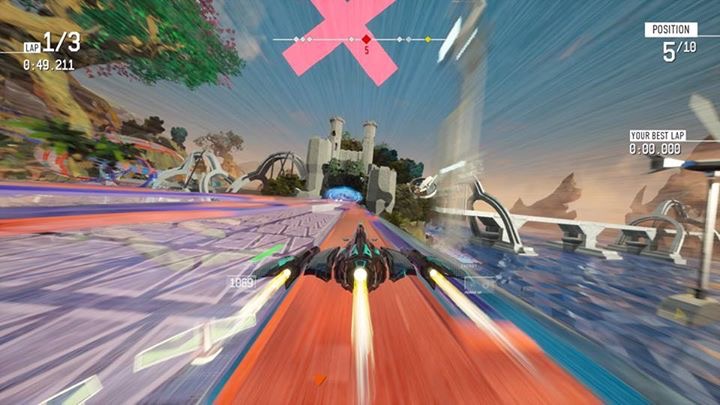

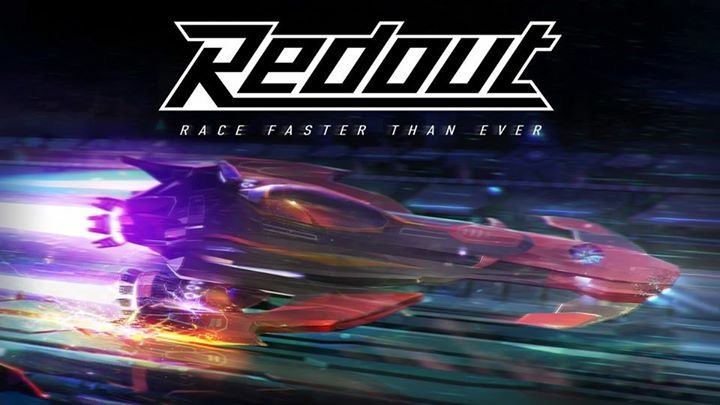
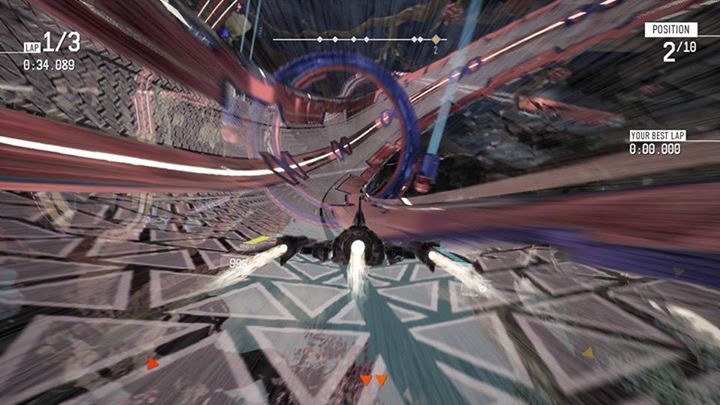
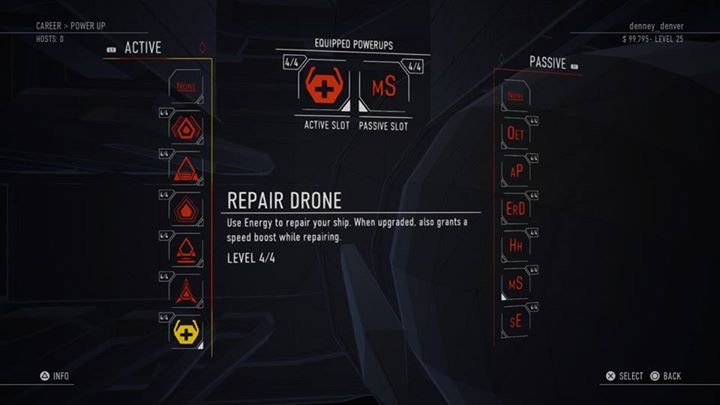
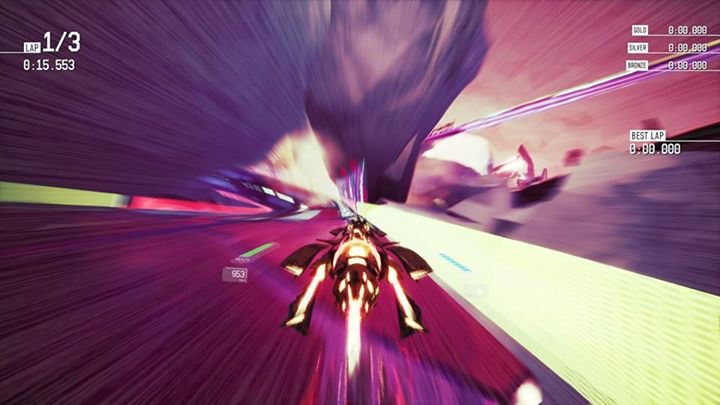



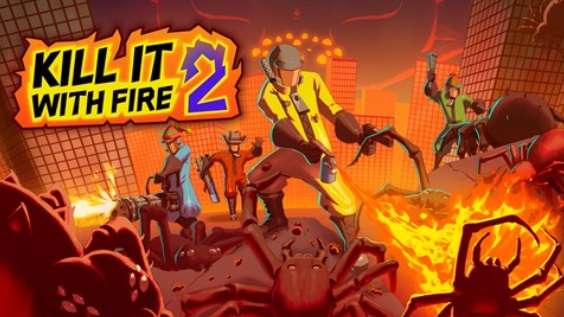
More Stories
ReStory Preview for Steam
Firefighting Simulator: Ignite Releases Parker’s Story DLC for PC and Console
The Game Awards 2025: Star Wars: Fate of the Old Republic Revealed by Arcanaut Studios and Casey Hudson, Director of KOTOR and Mass Effect